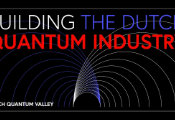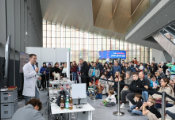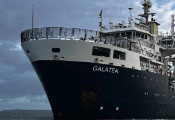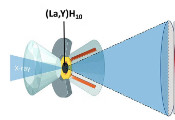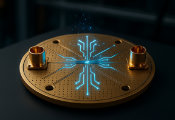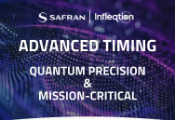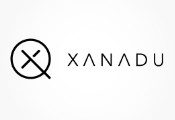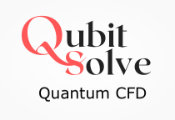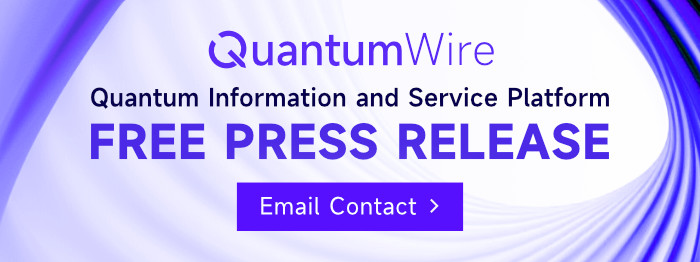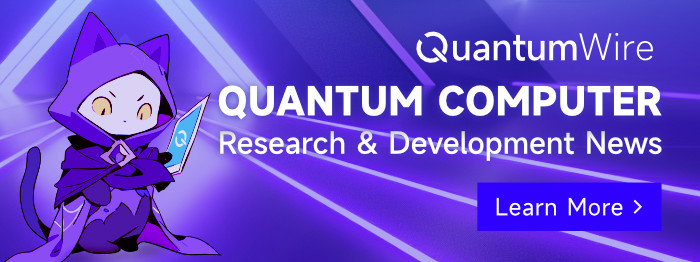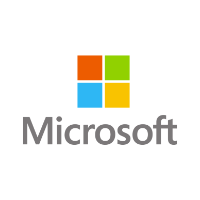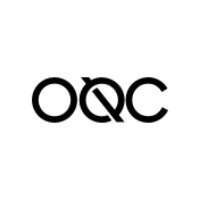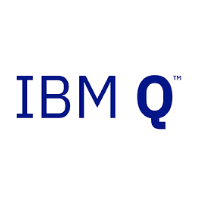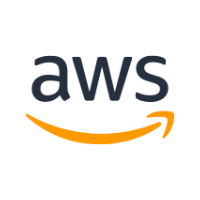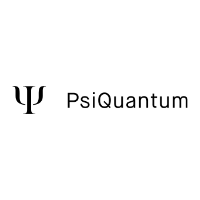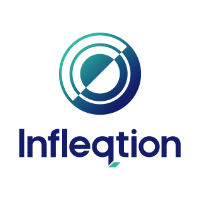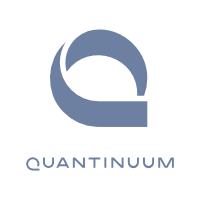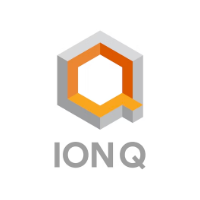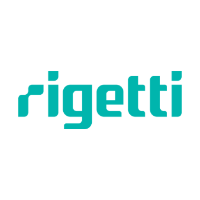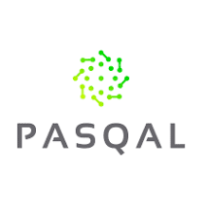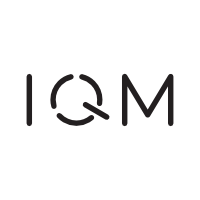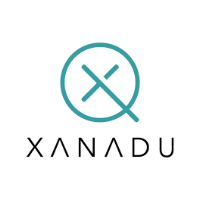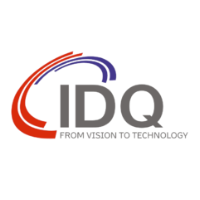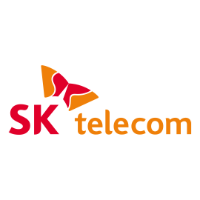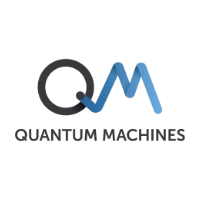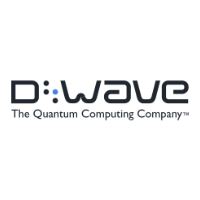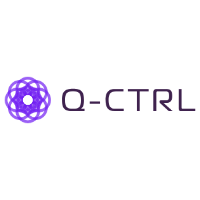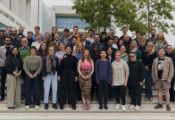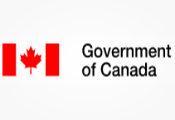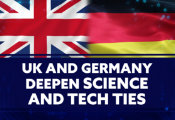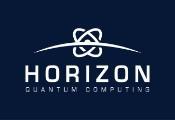Q-CTRL and Leading UK Rail Organizations Optimize Train Scheduling Efficiency With Quantum Software
OXFORD, UNITED KINGDOM, June 18 2025 -- Q-CTRL, the global leader in quantum infrastructure software, today announced a collaborative study with Network Rail and the UK Department for Transport (DfT) that found quantum software can improve the performance of quantum hardware enough to bring forward the projected timeline for practical quantum advantage in transport logistics to 2028.
This use case incorporated real train arrival and departure times at London Bridge station, a major rail hub in the UK. With the support of Q-CTRL’s optimization software, Fire Opal, researchers saw a 6x increase in solvable problem size, compared to what is achievable on quantum hardware without Q-CTRL’s software, setting a world record for the largest constrained quantum optimization problem ever executed.
The solution also outperformed alternative quantum approaches, reducing compute costs by more than 2,500x by reaching solutions faster. The researchers at Q-CTRL achieved this result using IBM quantum hardware and Fire Opal to optimize routing for 26 trains passing through the major rail hub over 18 minutes.
“We expect our quantum solver to outperform classical approaches as early as 2028,” said Niall Moroney, Lead Solutions Engineer at Q-CTRL. “Train scheduling is a particularly high-impact use case for quantum optimization because even small improvements can lead to significant benefits in terms of efficiency, reliability, and sustainability.”
These groundbreaking results demonstrate that near-term quantum computing has the potential to deliver approximate solutions faster and with higher quality than alternative approaches, and accelerate the timeline for useful quantum applications for the rail sector and other real-world problems faced by the transport and logistics industries.
“We were pleasantly surprised to see the optimal routing of 26 trains over 18 minutes of real scheduling data for the full station topology being realized on a real quantum device, which otherwise wouldn't have been possible without using Q-CTRL's optimization solver,” said Nadia Hoodbhoy, Principal Engineer, Network Rail, which operates, maintains, and develops Britain’s railways and is supported by the Department for Transport.
“Higher-quality and more flexible scheduling is a challenging but critical component for future rail services,” Sarah Sharples, Chief Scientific Advisor, Department for Transport. “Q-CTRL's work has shown how quantum computing can enable and potentially accelerate this capability, with promising results already on their roadmap towards a real-world quantum solver demonstration.”
The other key component was the subject matter expertise from Network Rail to help co-design a problem formulation that expresses train timetabling in terms of periodically occurring events – like train arrivals and departures at stations – and the constraints between them to ensure safe and efficient operation. This created a Periodic Event Scheduling Problem that is compatible with Fire Opal’s optimization solver, which removes the complexity of setting up and executing quantum circuits and automates error suppression. This allows an end user who specializes in rail scheduling to immediately take advantage of quantum software with no previous experience.
After a user defines a problem to be solved, the “easy” part of the problem is solved with classical methods, leaving the “hard” part for the quantum solver; this reduced problem is then solved using Fire Opal’s optimization solver. Finally, the quantum solver output is converted into a user-friendly format and returned together with solution visualizations and evaluations highlighting key metrics and any potential conflicts resulting from violated constraints.
Q-CTRL won funding for this project from the Small Business Research Initiative Quantum Catalyst Fund Competition in February 2024. The SBRI competition is funded by the UK’s Department for Science, Innovation and Technology (DSIT) and Innovate UK to explore the benefits of using quantum technologies in strategic areas of interest for the UK Government. The project had two phases, and Q-CTRL was one of six companies out of the 30 phase 1 participants to make it to the second phase, which provided access to additional funding.

